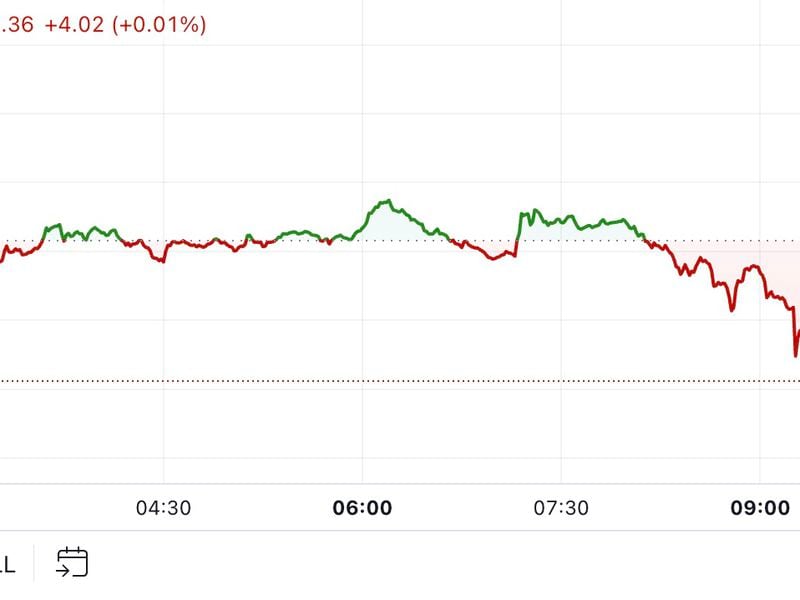A surprise choice as Japan’s next prime minister renewed fears of BOJ tightening, sending markets lower.
Overbought conditions left bitcoin vulnerable to a selloff.
This week brings a number of key U.S. economic reports and Fedspeak which could affect the outlook for rates and prices.
After a quick roughly 14% run higher following the U.S. Federal Reserve’s 50 basis point rate cut nearly two weeks ago, conditions seemed ripe for something to set off a sizable selloff in bitcoin (BTC), and the selection of a new prime minister in Japan over the weekend appeared to be the trigger.
In a surprise choice, that country’s ruling party selected Shigeru Ishiba to be its next prime minister. Without getting too much into the inside baseball of Japan’s Liberal Democratic party, it’s commonly believed that Ishiba is supportive of the Bank of Japan’s plan to return monetary policy to normalcy, i.e. higher interest rates. Following his selection as prime minister, Ishiba called for snap elections to be held in late October.
Recall, it was the BOJ’s very modest rate hike in late July that caused a violent unwind in the so-called yen carry trade and subsequent global panic in financial markets, sending bitcoin plunging from about $70,000 to below $50,000 in the space of a few days.
The selling was so ugly that the BOJ had to send out a former official to try and calm markets by saying the bank wasn’t going to hike rates again in 2024.
The selection of Ishiba over the weekend, however, triggered another rise in the yen and a quick 5% decline in Japan’s Nikkei stock average, with the selling apparently spreading to bitcoin, which quickly fell from about the $66,000 to as low as $63,300. It’s bounced to $63,800 at press time, down about 3% from late Friday.
European stocks are lower by roughly 1% at midday and U.S. stock index futures are showing just modest losses.
Prior to the weekend action, bitcoin had been enjoying a strong bull run since the Fed slashed its benchmark interest rate by 50 basis points in mid-September. Helping the move was China launching its own wave of monetary and fiscal stimulus to help boost that country’s economy and markets. After enjoying its best week in more than a decade, the Shanghai Composite soared another 8% on Monday.
A number of indicators late last week, pointed to overbought conditions, among them, said CoinDesk analyst James Van Straten, were perpetual funding rates for bitcoin futures. Van Straten noted that they’ve risen to levels near those seen just prior to the late July and last August selloffs.
This week brings the start of a new month and with it a number of key economic reports and central bank talk. Later on Monday, Fed Chair Jerome Powell could comment on the economic and monetary policy outlook in a speech at the annual meeting for the National Association for Business Economics.
Tuesday and Thursday will see U.S. manufacturing and service sector reports from the Institute for Supply Management (ISM) and the main event will be Friday with the September jobs report.
The data could go a long way in influencing the Fed’s rate decision at its next policy meeting in early November (right after the presidential election). At the moment, markets are giving about a two-in-three chance of a 25 basis point Fed rate cut, according to CME FedWatch. It was the Fed somewhat surprisingly moving 50 instead of 25 at its September meeting which triggered this most recent bull move. A sizable change in the November rate cut odds might again affect the price path.

























